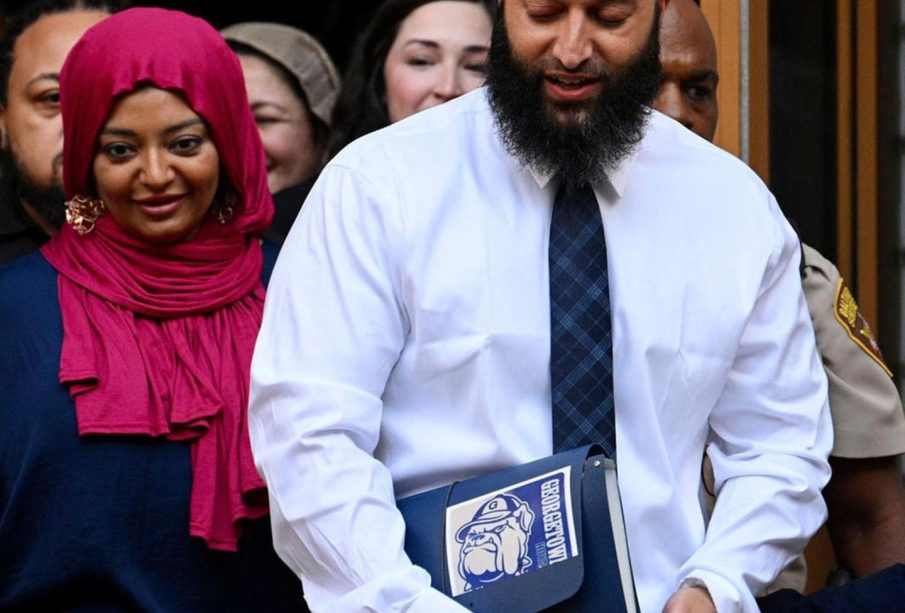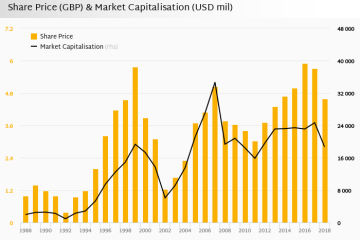The Adnan Syed Case: A Journey Through Justice

Introduction
The case of Adnan Syed has captured public attention for over two decades, representing a complex intersection of justice, media influence, and the power of narrative. Syed, convicted in 2000 for the murder of Hae Min Lee, has maintained his innocence since his incarceration. The case gained renewed interest through the popular podcast “Serial,” which dissected the details and raised questions about the fairness of his trial. The recent developments in this ongoing saga underscore the critical implications for legal processes in America.
The Background of the Case
Adnan Syed, then 17 years old, was sentenced to life in prison after being found guilty of murdering his ex-girlfriend Hae Min Lee. The case hinged on testimony from a classmate and cell phone records that have since been scrutinized for reliability. Public interest surged after the “Serial” podcast, launched in 2014, systematically analysed the evidence and suggested that crucial details were overlooked during the trial.
Recent Developments
On September 19, 2022, a Baltimore judge vacated Syed’s conviction, stating that the prosecution failed to disclose evidence that could have been beneficial to his defence. This decision was met with mixed reactions; while many advocates celebrated the verdict as a win for justice, others raised concerns regarding the implications of reopening cases after such lengthy sentences.
The court’s decision stemmed from new evidence regarding potential alternate suspects and questions surrounding witness reliability. Furthermore, the prosecution’s inability to present a robust case has led to calls for a review of the handling of similar cases across the nation.
Public and Media Reactions
The public response to the verdict and Syed’s potential retrial has been dominated by debates over race, justice reform, and media portrayals of crime. Many supporters have rallied around Syed, claiming systemic failures in the justice system, particularly regarding individuals from minority backgrounds.
Media coverage has intensified, renewing conversations about the ethics of true crime storytelling and its consequences. Critics argue that these narratives can bias public opinion and influence judicial proceedings, while supporters highlight their role in exposing wrongful convictions.
Conclusion
The saga of Adnan Syed illustrates significant challenges within the US justice system and emphasizes the importance of transparency and accountability in legal proceedings. As public interest in this case continues, it serves as a vital reminder of the potential for reform and the necessity for ongoing scrutiny of wrongful convictions in America. As developments unfold, Syed’s story might inspire new policies aimed at preventing similar injustices.









